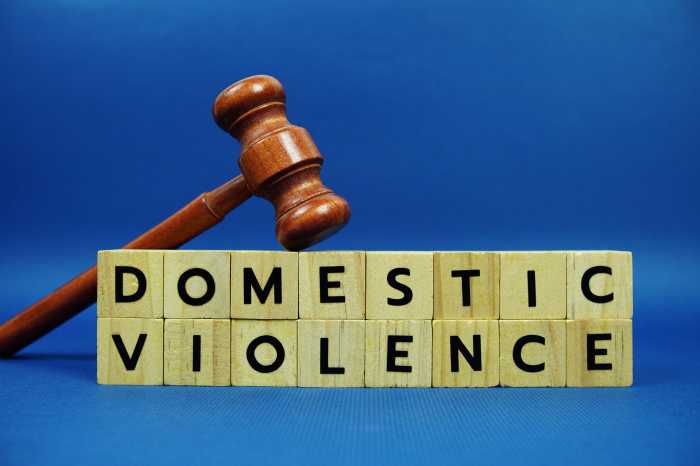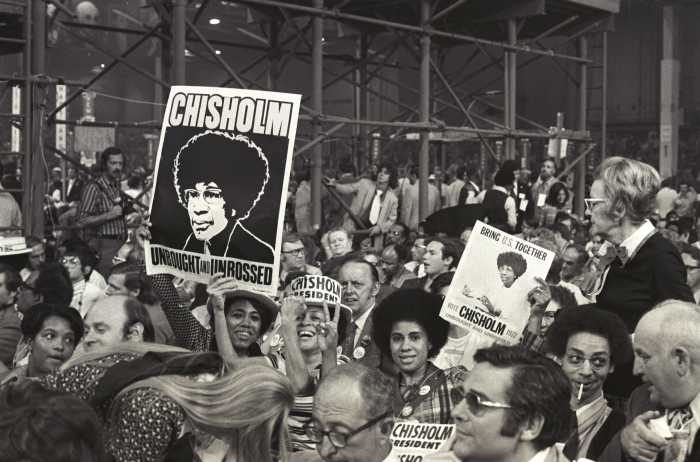World AIDS Day, Dec. 1 each year, is one of the few times in the annual media cycle when the pandemic affecting more than 30 million people worldwide — even under U.N. AIDS’s newly downgraded estimates — still garners widespread attention.
Some of that spotlight shines essentially by rote, illuminating nothing in particular and disappearing mostly undigested.
Other attention is vital and timely, as certainly is the case with new data out from aidsvote.org and its major sponsors, including the Gay Men’s Health Crisis and Housing Works. Their efforts carefully document the posture of all 16 presidential candidates in the two major parties and demonstrate that the Republicans, including Rudy Giuliani and Mitt Romney, who have presided as governing executives over major centers of the U.S. epidemic, are AWOL on addressing a critical public health need.
Tragically, there are times when information that is counterproductive, even damaging, achieves marquee status, frustrating the efforts to craft sound public policy and to encourage smart choices by individuals.
In a notorious 1996 New York Times Magazine cover story, “When Plagues End,” Andrew Sullivan celebrated his own success with anti-retroviral therapies then just emerging, and concluded that the “skeptics” had to catch up with reality: If they had not yet died, they must accept that they “really missed the party.”
Yet, in the 11 years since Sullivan declared victory, startlingly high rates of infection have been identified among young gay and bisexual men of color in major urban centers. The number of new diagnoses per year among young gay and bisexual men in New York City, across all racial and ethnic lines, increased by one-third between 2001 and 2006.
In recent years, New York City has found that roughly one-third of all new infections are discovered when AIDS symptoms surface — that is, many in this city go untested for a decade or more living and having sex with a deadly virus they don’t know they have.
Two weekends ago, the New York Times Week in Review featured an article by Donald G. McNeil Jr., “A Time to Rethink AIDS’s Grip,” which cited Sullivan’s 1996 piece and argued that the worldwide epidemic is winding down. McNeil’s essay took note of the recent report from U.N. AIDS that it had previously overstated the scope of the global crisis, but focused primarily on the fact that new infections peaked in 1998 at nearly 3.5 million, and have since declined to about 2.5 million.
From McNeil’s perspective, AIDS is finally acting like other plagues — disease carriers are dying off faster than new disease-free people can be infected. Yet tens of millions will die of the disease. McNeil concedes that. Infections continue to rise in new locales, Vietnam, the former Soviet Union and Indonesia included. The risk of viral mutation remains.
AIDS remains a killer of such awesome proportion that none of us can fathom the devastation. That fact must guide us.







































